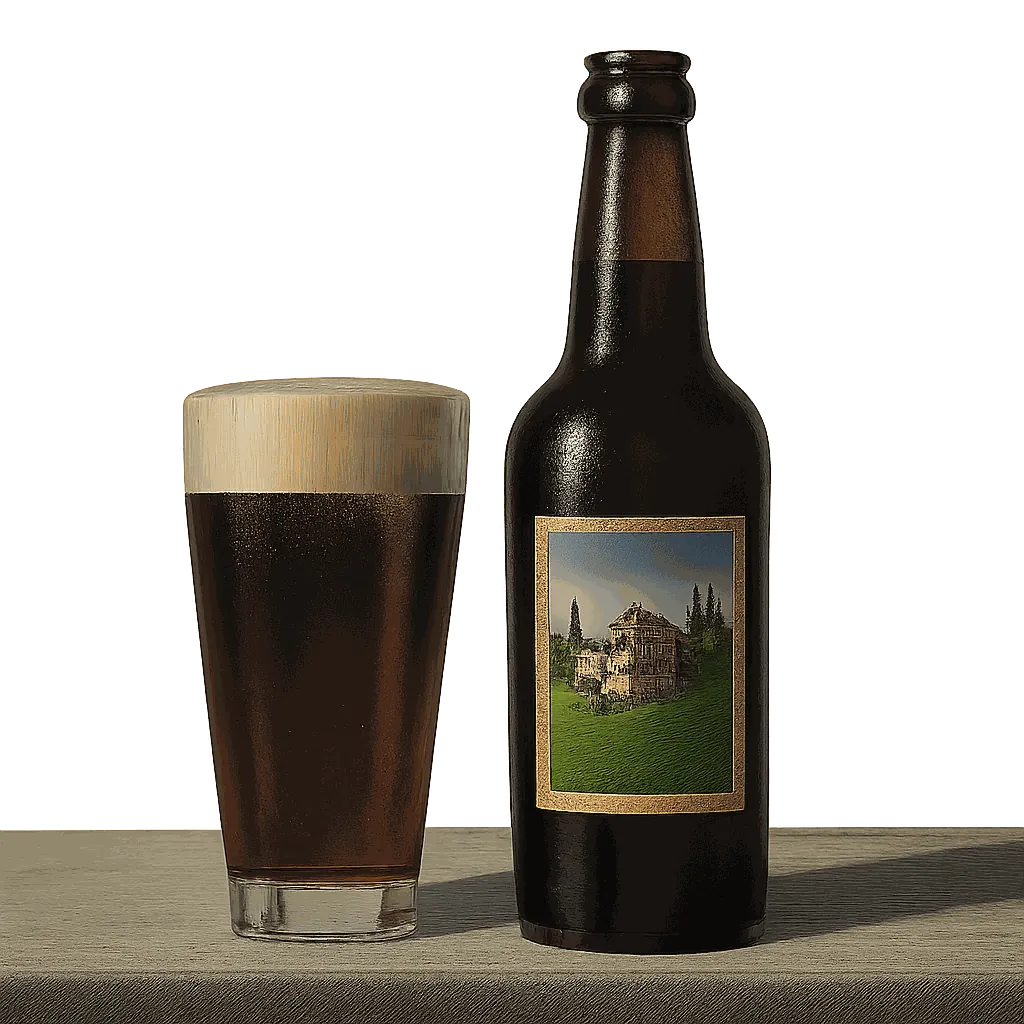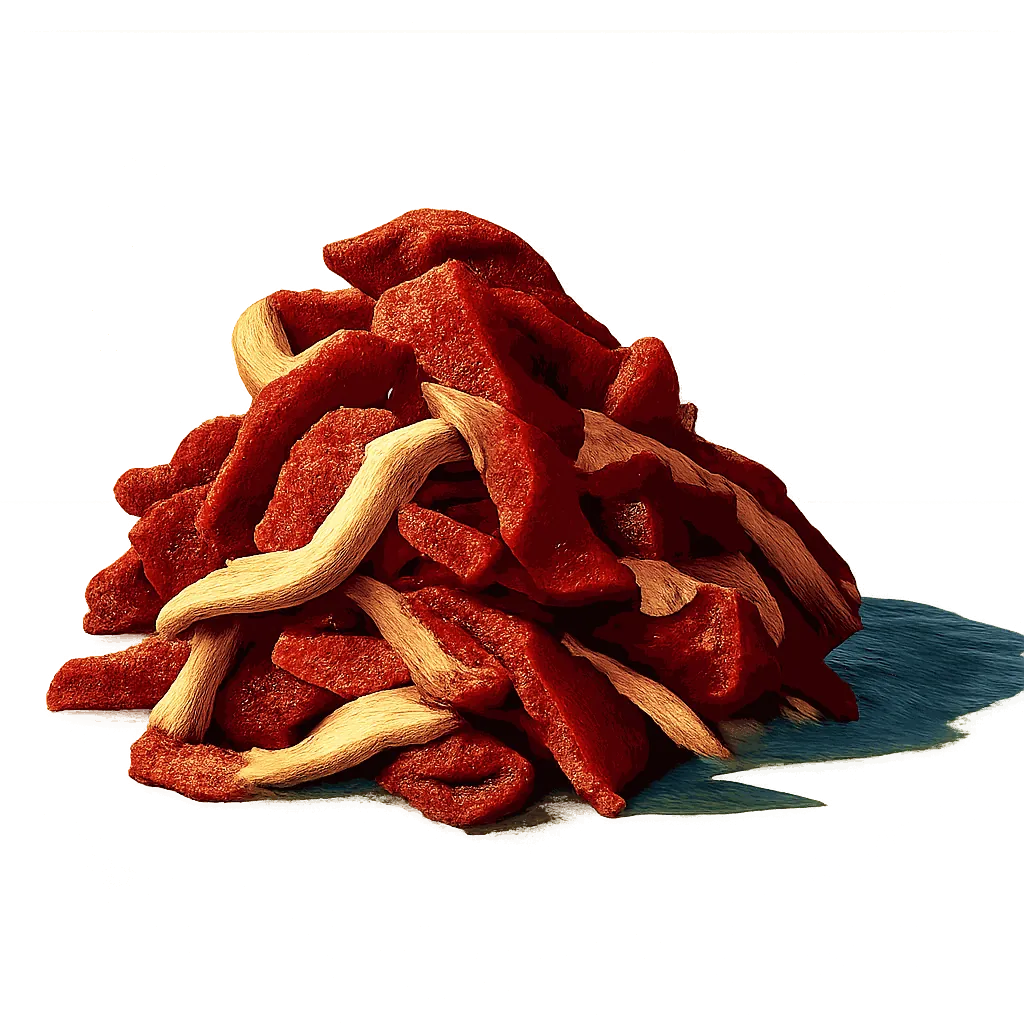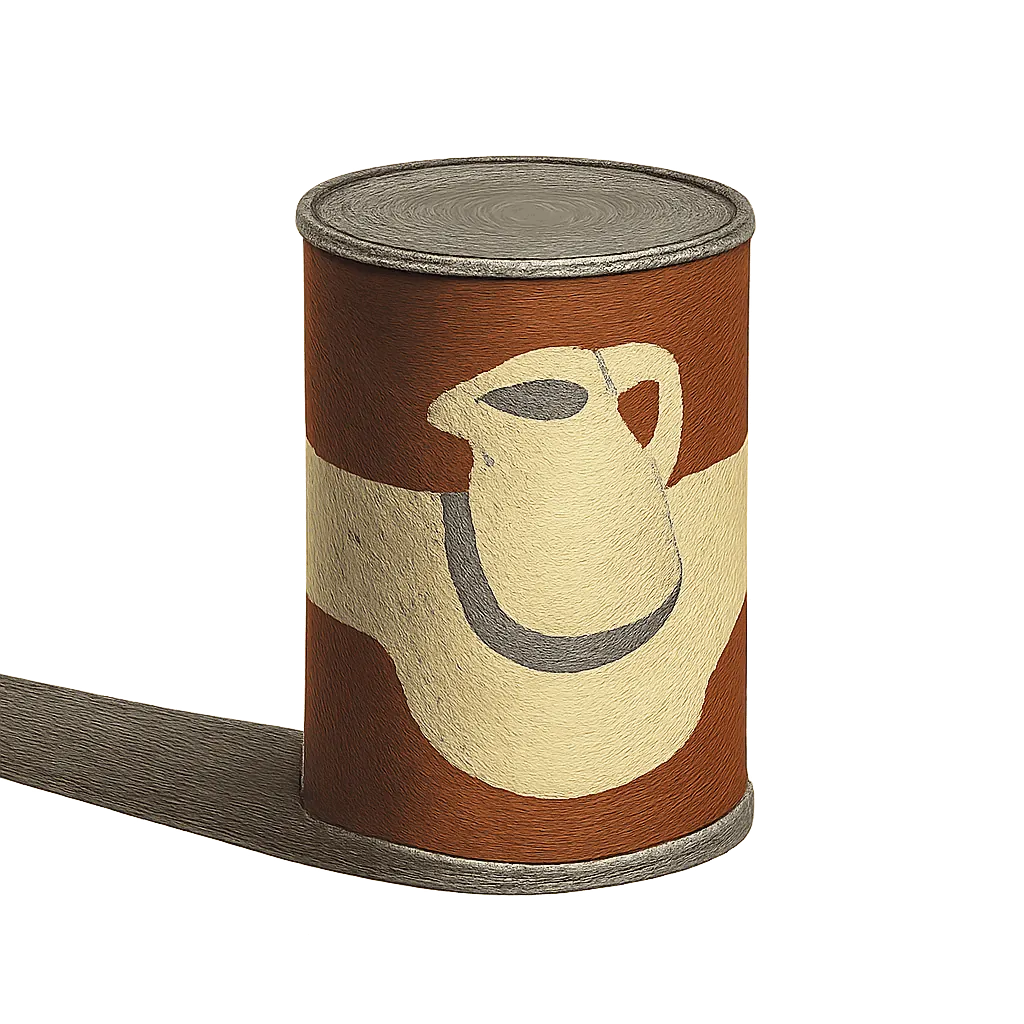Perfect Pairings & Recipes for
Vintage Ale

Discover the best flavour pairings for vintage ale based on data analysis of thousands of recipes. Find perfect ingredient matches & delicious recipes.
Vintage ale instantly conjures the embrace of raisin and the bracing kiss of caramel, but beneath its sweet surface lies a nuanced symphony of subtle flavour notes: rancio, toast, and even hints of molasses. These are the notes that lend it such remarkable, resonant depth. Understanding how these elements interplay is the secret to unlocking vintage ale's pairing potential.
To map these harmonies, we analysed thousands of ingredients, breaking each one down across 150 flavour dimensions, identifying which notes complement and contrast. Our analysis reveals, for example, how macadamia nut's beurreux tones enrich vintage ale, and how ground ginger's piperine notes create a surprising synergy with its warm sweetness.
Flavour Profile Of Vintage Ale Across 150 Dimensions Of Flavour
Flavour wheel chart showing the dominant flavour notes of Vintage Ale: Caramel, Raisin, Oxidized, Molasses, Toasted, Ficus, Honeyed, Sugary, Malic, Proteolytic, Vanillic, Hoppy, Maltol, Cherry, Tobacco, Oaky, Glutamic, Acetic, Apricot, Tannic, Walnut, Maple, Resinous, Pear, Lactic, Brettanomyces, Tea-Like, Coffee, Cocoa, Hazelnut, Gentian, Yeasty, Charred, Burnt, Leather, Peach, Bergamot, Anise, Clove, Poivre
An ingredient's flavour stems from its core characteristics, such as woody, maillard, or acidic, combined with layers of subtle flavour notes (outer bars). For a balanced dish, pair ingredients with a variety of core flavours, and choose complementary aroma notes for harmony.
Flavour Pairing Method
To understand how flavour notes harmonise, we analysed more than 50,000 popular ingredient combinations. By exploring these pairings, we identified specific flavour notes that frequently occur together, indicating they share a harmonious relationship.
The Flavours That Harmonise With Caramel Notes
Strength of Association Between Flavours
The flavours most associated with caramel notes are: Brassica, Rosemary, Peppercorn, Sage, Petrichor, Camphor, Chanterelle, Mustard, Grassy, Bay leaf, Leafy, Dried Porcini, Ferrous, Eucalyptus, Thyme.
Our analysis shows that the flavour of caramel is strongly associated with the flavour of black pepper. This suggests we should look for ingredients with a peppery flavour, such as ground ginger, when pairing with the caramel notes of vintage ale.
The recipe below provides inspiration for pairing vintage ale with ground ginger.
Harmonious Flavours Of Vintage Ale
Just as our statistical analysis showed that caramel and cabbagy flavour notes harmonise, we can identify the full profile of flavours that harmonise with each of the flavours present in vintage ale. For instance, the rancio flavours of vintage ale are strongly associated with ironny and fatty flavours.
The aromas associated with the various accents of vintage ale can be seen highlighted in the pink bars below.
Flavour Profile Of Vintage Ale And Its Complementary Flavour Notes
Flavour wheel chart showing the dominant flavour notes of Vintage Ale: Caramel, Raisin, Oxidized, Molasses, Toasted, Ficus, Honeyed, Sugary, Malic, Proteolytic, Vanillic, Hoppy, Maltol, Cherry, Tobacco, Oaky, Glutamic, Acetic, Apricot, Tannic, Walnut, Maple, Resinous, Pear, Lactic, Brettanomyces, Tea-Like, Coffee, Cocoa, Hazelnut, Gentian, Yeasty, Charred, Burnt, Leather, Peach, Bergamot, Anise, Clove, Poivre
Matching Flavour Profiles
The flavour profile of macadamia nut offers many of the aroma accents complementary to vintage ale, including buttery and coconut aroma notes. Because the flavour profile of macadamia nut has many of the of the features that are complementary to vintage ale, they are likely to pair very well together.
Prominent Flavour Notes Of Macadamia Nut Are Represented By Longer Bars
Flavour wheel chart showing the dominant flavour notes of Macadamia nut: Buttery, Caramel, Coconut, Lactic, Oleic, Honeyed, Milky, Blossom, Vanillic, Almond, Butyric, Jasmine
The chart above shows the unique profile of macadamia nut across 150 dimensions of flavour, while the recipes below offer inspiration for bringing these flavours together with vintage ale.
Recipes That Pair Vintage Ale With Macadamia Nut
Linked Flavour Notes
Looking at the accents that are most strongly associated with the various flavours of vintage ale, we can identify other ingredients that are likely to pair well.
Vintage Ale's Harmonious Flavours And Complementary Ingredients
Vintage Ale's Strongest Flavours
Complementary Flavours
Ingredients with Complementary Flavours
Flavour groups:
Nectarous
Acidic
Floral
Herbal
Spice
Vegetal
Maillard
Earthy
Woody
Carnal
The left side of the chart above highlights the aroma notes of vintage ale, along with the complementary aromas associated with each note. While the right side shows some of the ingredients that share many of the aromas complementary to vintage ale.
Prominent Pairings
Our analysis identifies dishes that pair well with vintage ale and highlights the prominent ingredient combinations within these recipes. Key pairs include lemon juice and Bramley apple offering crisp tartness, chestnut and Aldi Specially Selected Creme de Cassis for berryness, desiccated coconut and blackberry purée for brambly depth, and oats and light brown sugar for a complex caramel undertone. Explore these combinations to unlock vintage ale's hidden complexity, reveal deep nuance, and elevate its vibrant character.
Ingredient Combinations Among Dishes That Pair With Vintage Ale
Flavour groups:
Sweet
Sour
Botanic
Tawny
Bitter
How Flavonomics Works
We've pioneered a unique, data-driven approach to decode the intricate art of flavour pairing. Our goal is to move beyond intuition and uncover the science of why certain ingredients harmonise beautifully. This rigorous methodology allows us to provide you with insightful and reliable pairing recommendations.
Our analysis begins with over 50,000 carefully selected recipes from acclaimed chefs like Galton Blackiston, Marcello Tully, and Pierre Lambinon. This premium dataset ensures our model distils genuine culinary excellence and creativity.
Each ingredient from these recipes is deconstructed across 150 distinct flavour dimensions, creating a unique numerical "flavour fingerprint." This quantification allows us to apply advanced analytical methods to identify complex patterns between flavour notes.
We identify popular ingredient combinations that frequently appear in our recipe database. Regression analysis is then performed on these pairings to statistically validate and pinpoint truly harmonious flavours.
These insights drive our predictive model, which allows us to take any ingredient (e.g., Vintage Ale), analyse its detailed flavour profile, and accurately reveal its complementary flavours and perfect ingredient partners.
Explore More
Discover more ingredient profiles and expand your culinary knowledge. Each ingredient page offers detailed analysis of flavour profiles, pairing insights, and culinary applications.
The content on our analysis blog is semi-automated. All of the words were manually written by a human, but the content is updated dynamically based on the data.


